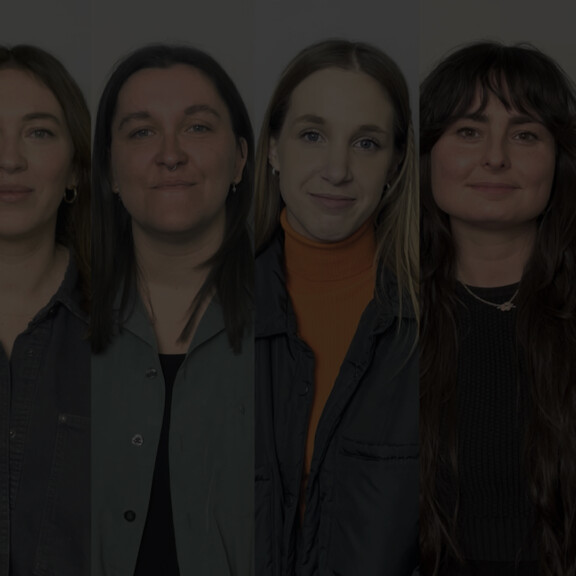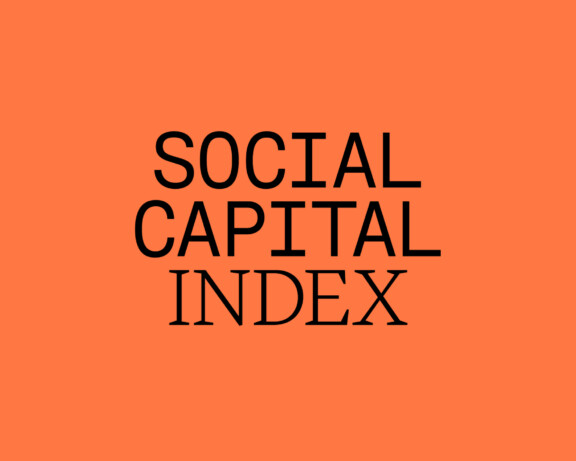Let’s Face It: There Are Several Ways to Improve the Working Conditions of Women in Agencies

Share:
In honor of International Women’s Rights Day on March 8, a small group of Republik women met to discuss their place in the marketing industry. The conclusion? Women’s rights deserve our attention all year long. This led to the creation of Qu’on se le dise, a series of videos that got people talking.
Throughout the month of March, our team members were given the floor to shine a light on the representation, equity, and progress of women in communications, and more specifically, within our agency.
Let’s face it, there’s still work to be done, and it will take more than one day a year to get where we want to go. In fact, you can count on us to address this issue again before March 8 comes around!
So what do we do now?
While it’s important to identify and address the social and environmental issues that are important to us as an agency, it’s even more important to act on them and to encourage other players in our field to join us. We have therefore identified a few solutions to improve women’s working conditions in our industry.
Assemble a team that is representative of our society
- ✔ Develop an inclusive hiring policy.
- Establish hiring quotas at all levels of the company, including management and the board of directors.
- ✔ Work with a third party in recruiting to go beyond incoming applicants and make hiring choices that intentionally advocate for the representation of diversity.
Offer fair and inclusive working conditions
- Conduct a pay equity analysis and create an equitable pay scale.
- ✔ Create a JEDI (justice, equity, diversity and inclusion) committee and prioritize the implementation of its recommendations.
- ✔ Provide paid time off that can be used for physical or mental health needs, for wellness, as a menstrual leave, or for family reasons.
- ✔ Implement an equal parental leave policy.
- Offer childcare at or near the workplace, with spaces reserved for company employees.
Provide ongoing education
- ✔ Develop an internal culture that fosters open discussion. Not everyone has the same knowledge about different social issues and it is important for everyone to be able to ask questions without fear or shame.
- ✔ Develop an internal training program on subjects such as inclusive writing, diversity, equity, and inclusion in the workplace, or the different types of oppression that marginalized people may experience in the workplace. Everyone should be able to recognize and report microaggressions.
Empower marginalized people
- Provide mentoring sessions for people interested in leadership positions or other promotions, including women and BIPOC.
Include a diversity of perspectives in the creative process
- Develop internal tools and processes that ensure that the creation of your services and products is representative and inclusive; for example, create a pool of collaborators from different backgrounds that you can call upon for your next project.
Everyone is full of good intentions, but we believe that it takes more than that; it takes concrete actions, a spirit of collaboration, and a willingness to challenge one’s preconceived notions to solve a problem at its source.
Let’s face it, this is just the beginning. You could even say it’s the bare minimum.
Here are some of our team’s favorite references for learning about gender inequality:
- 30% Club Canada
- The A Effect offers a number of classes for women, including career development.
- Government of Canada | Women and the Workplace – How Employers Can Advance Equality and Diversity- Report from the Symposium on Women and the Workplace
- Witches: The Undefeated Power of Women – Mona Chollet
- Second début – Francine Pelletier
- Le boys’ club – Martine Delveaux
- For the Love of Men: A New Vision for Mindful Masculinity – Liz Plank
- Bad Feminist – Roxanne GayInvisible Women: Data Bias in a World Designed for Men – Caroline Criado Pérez



